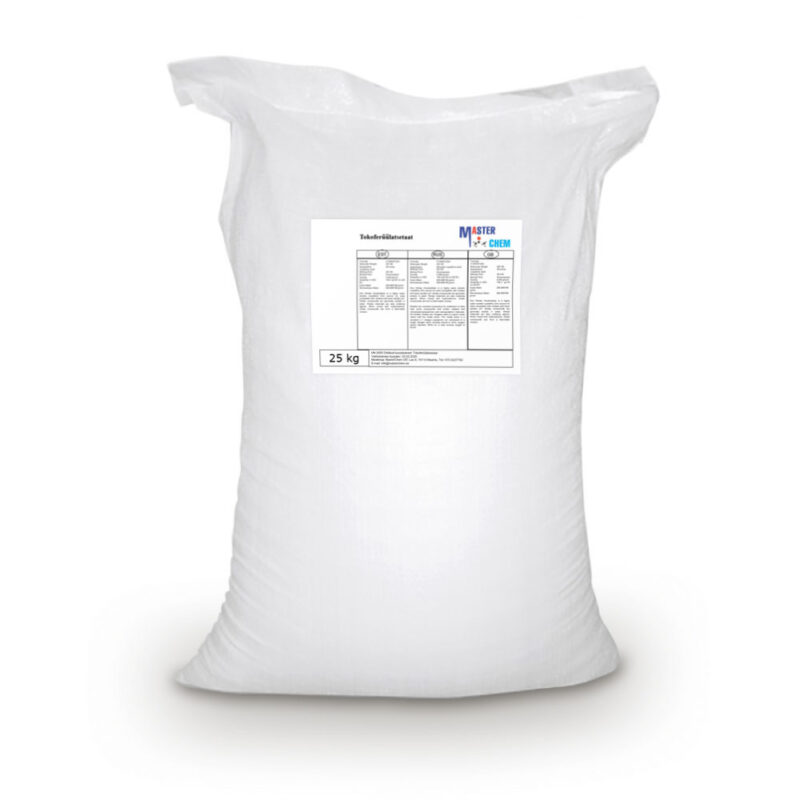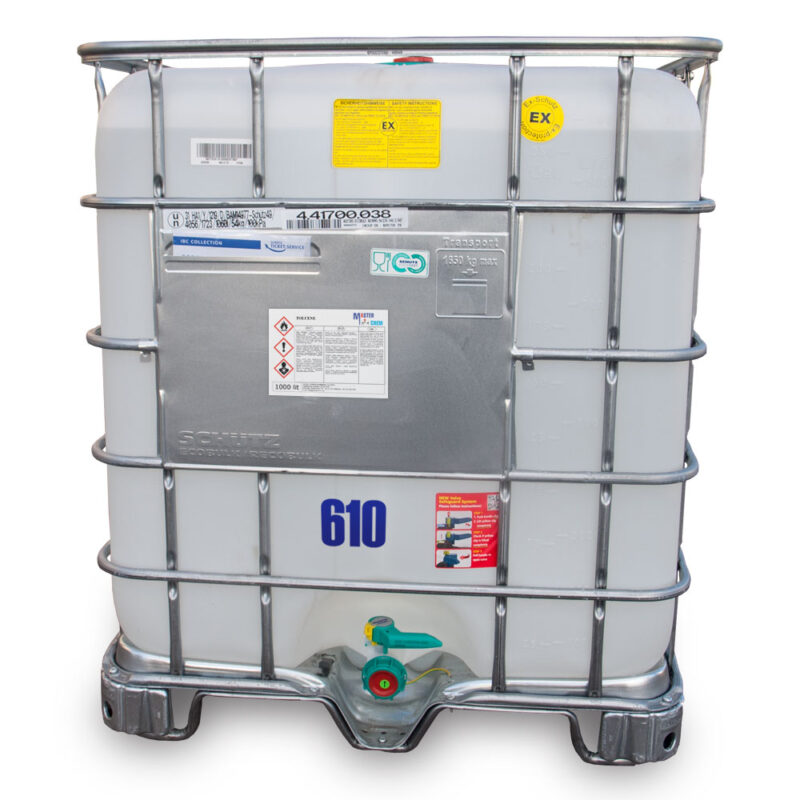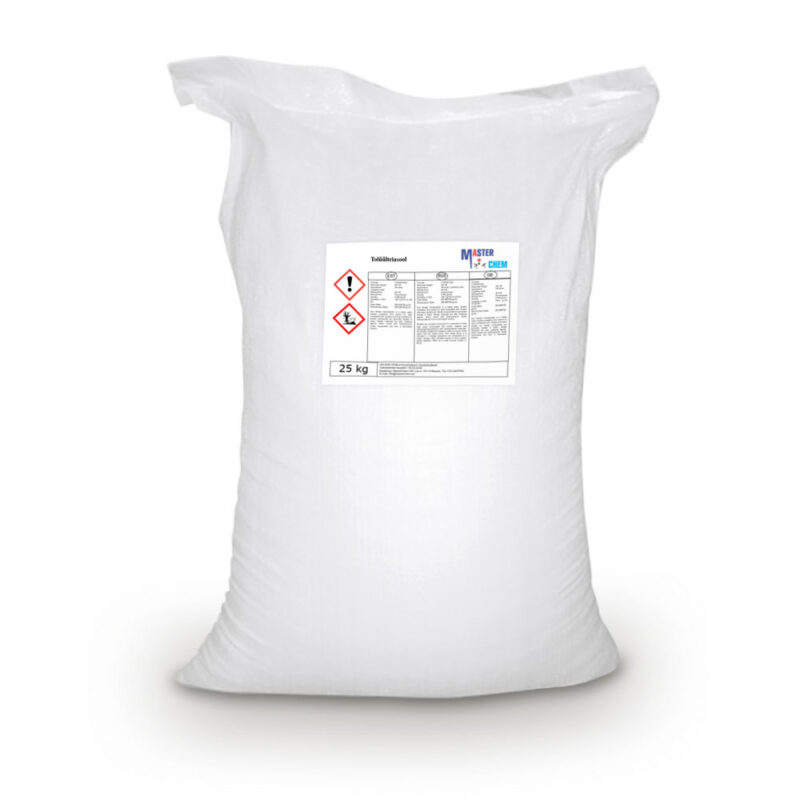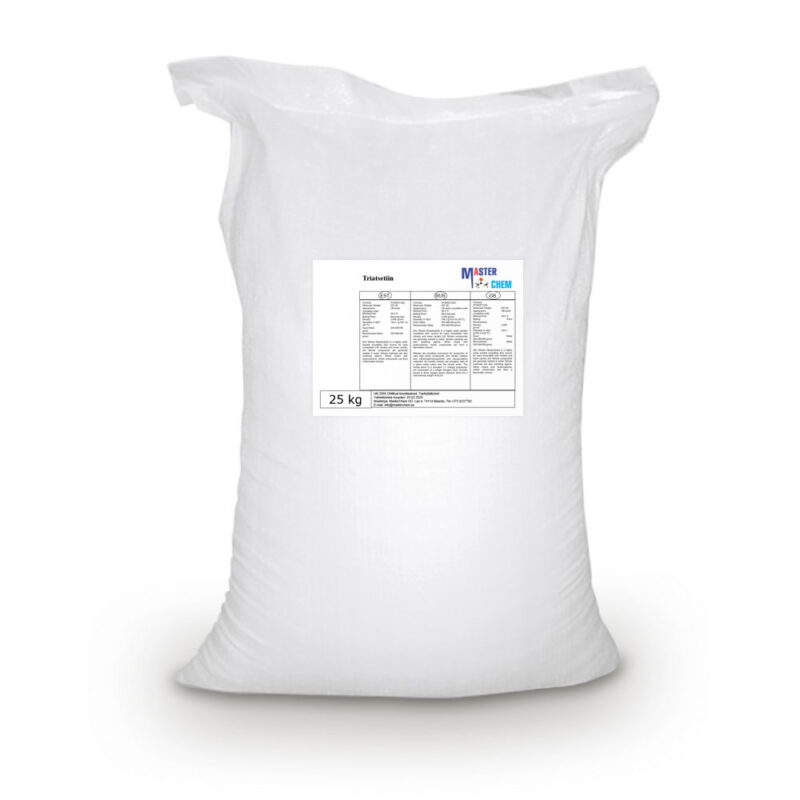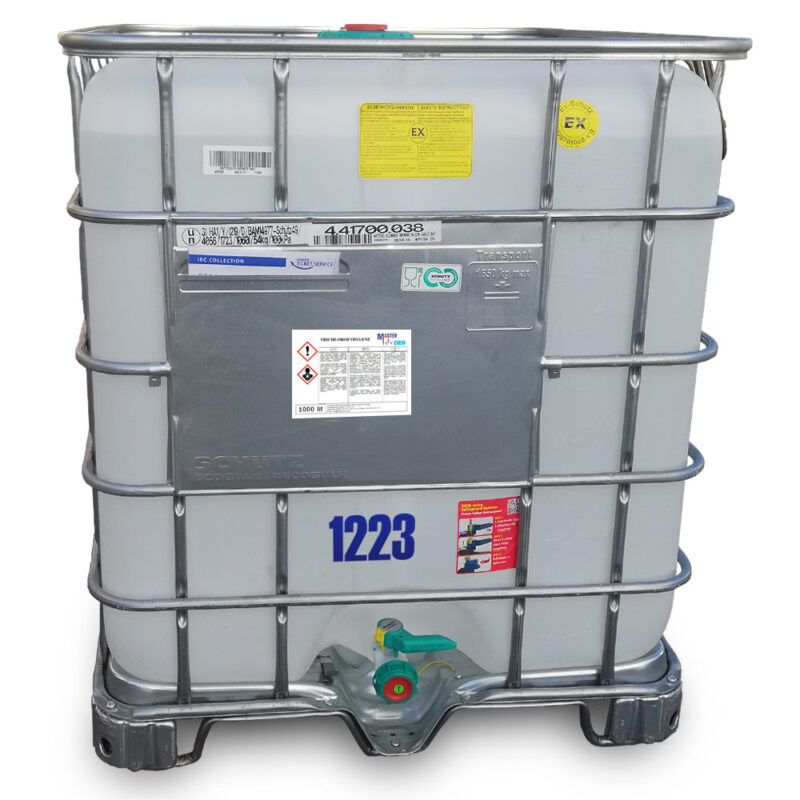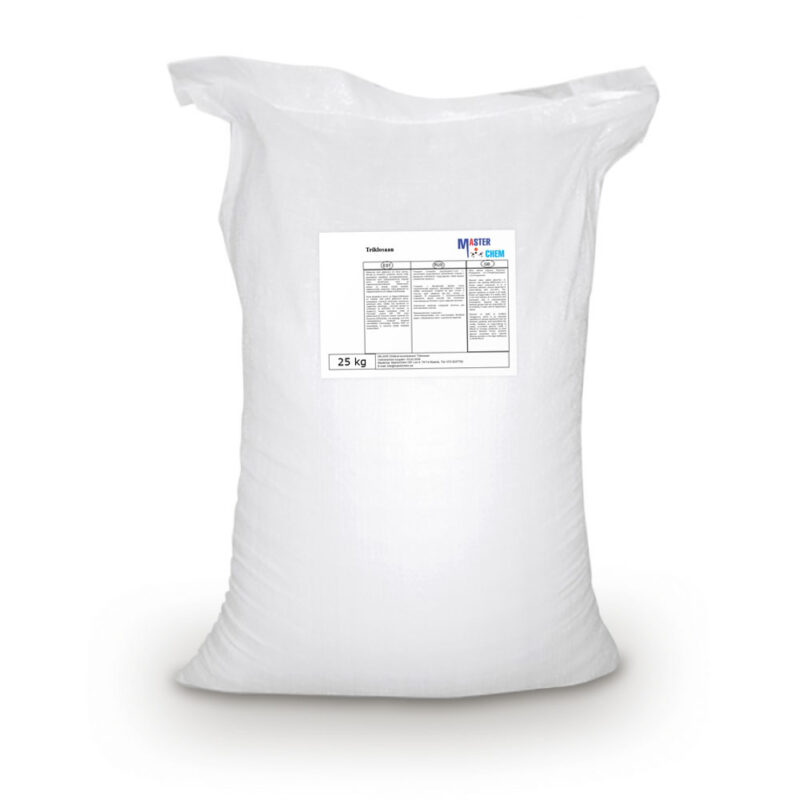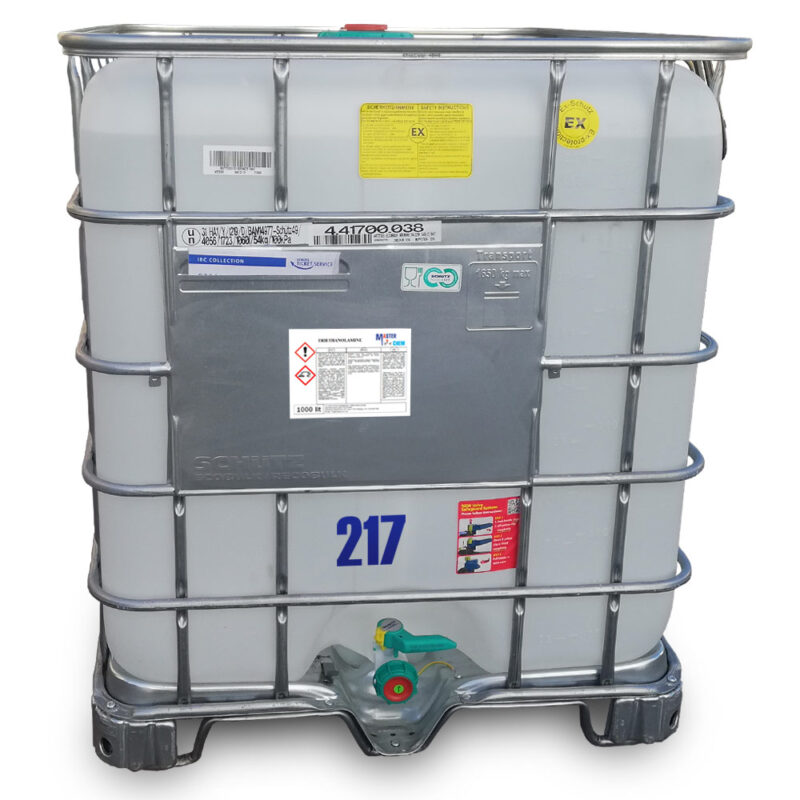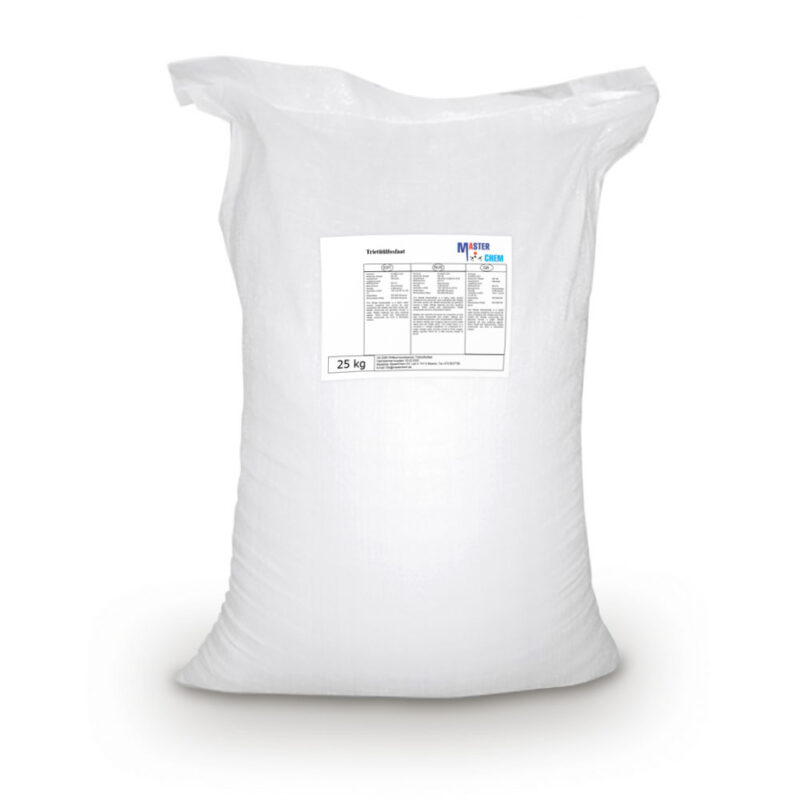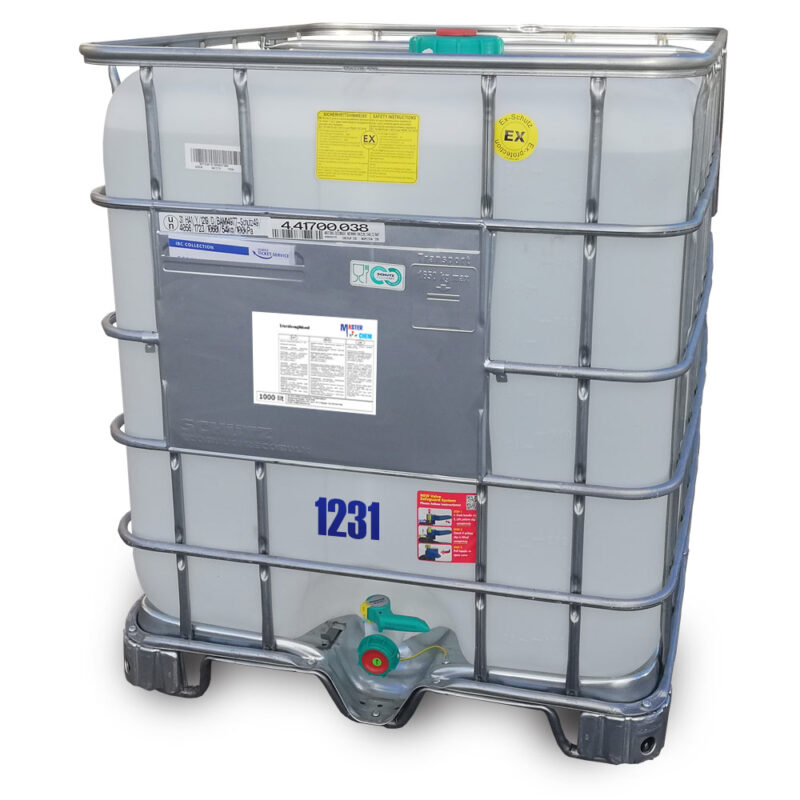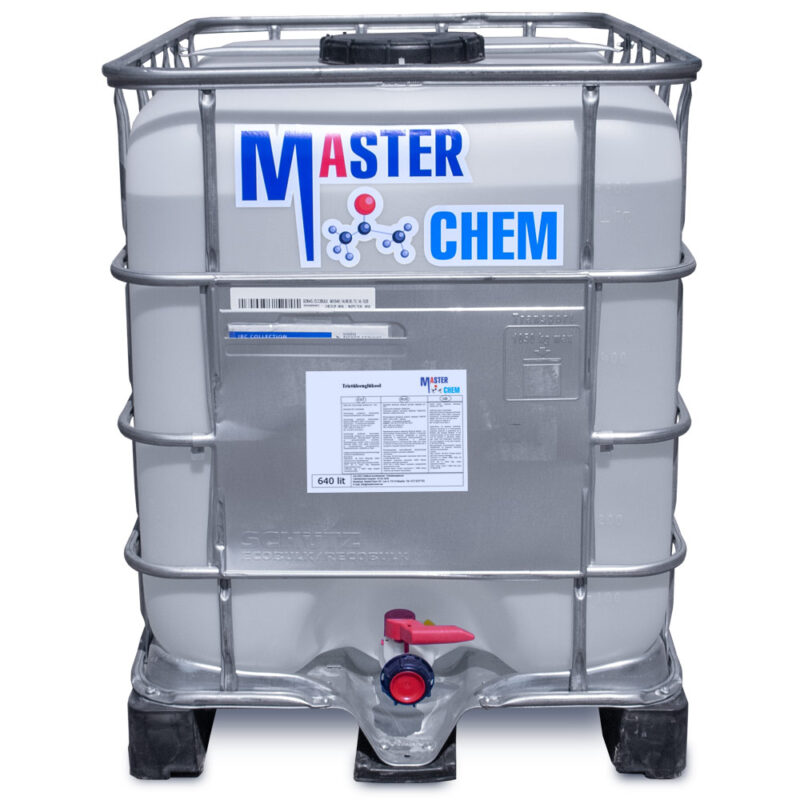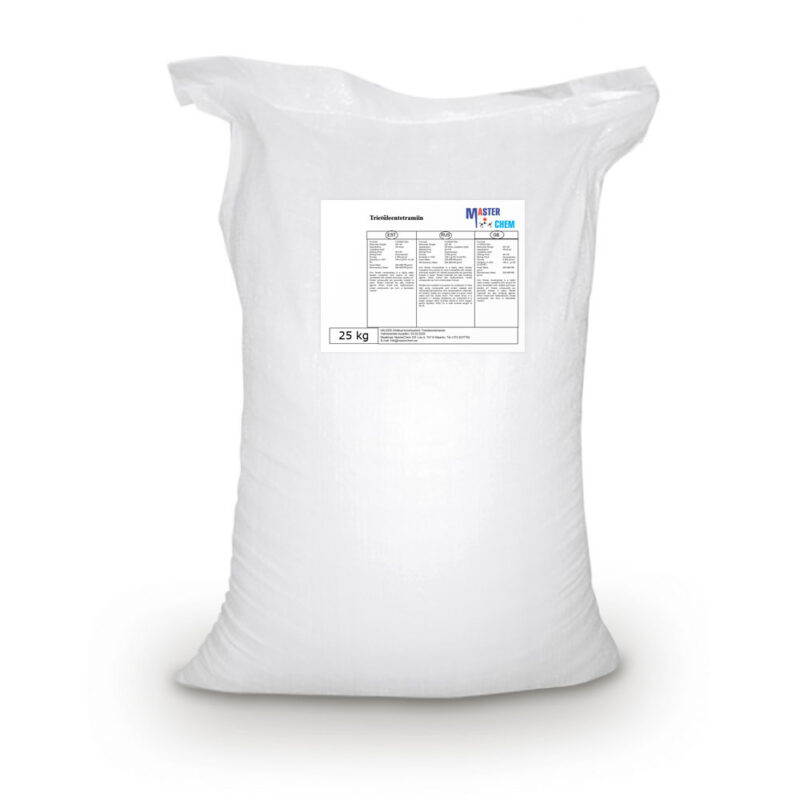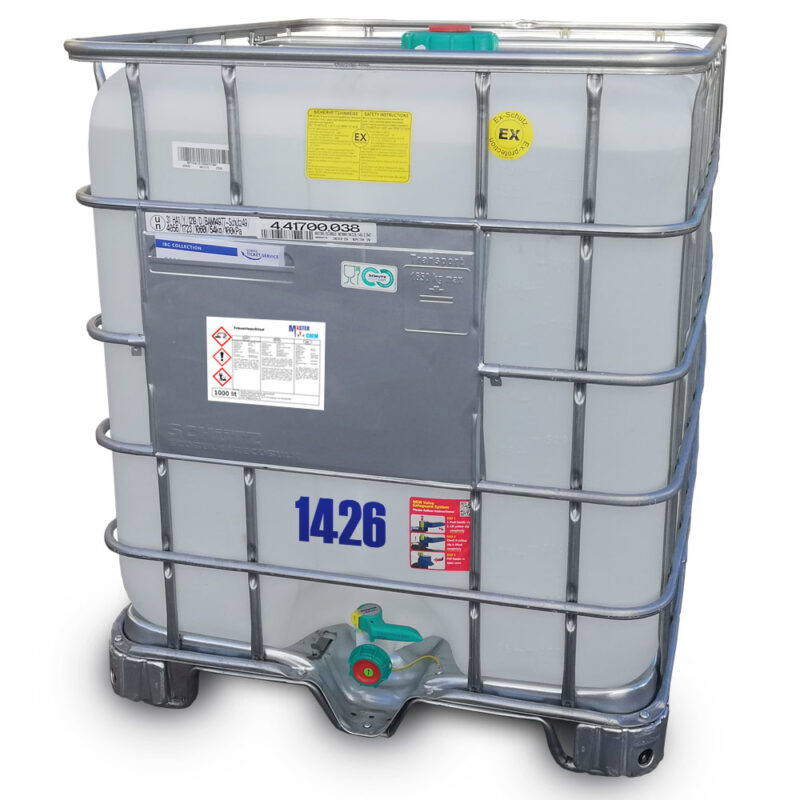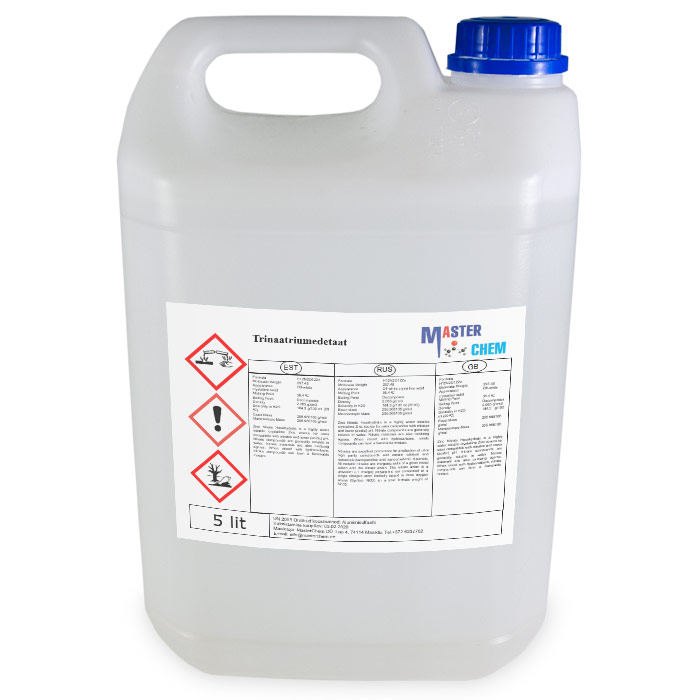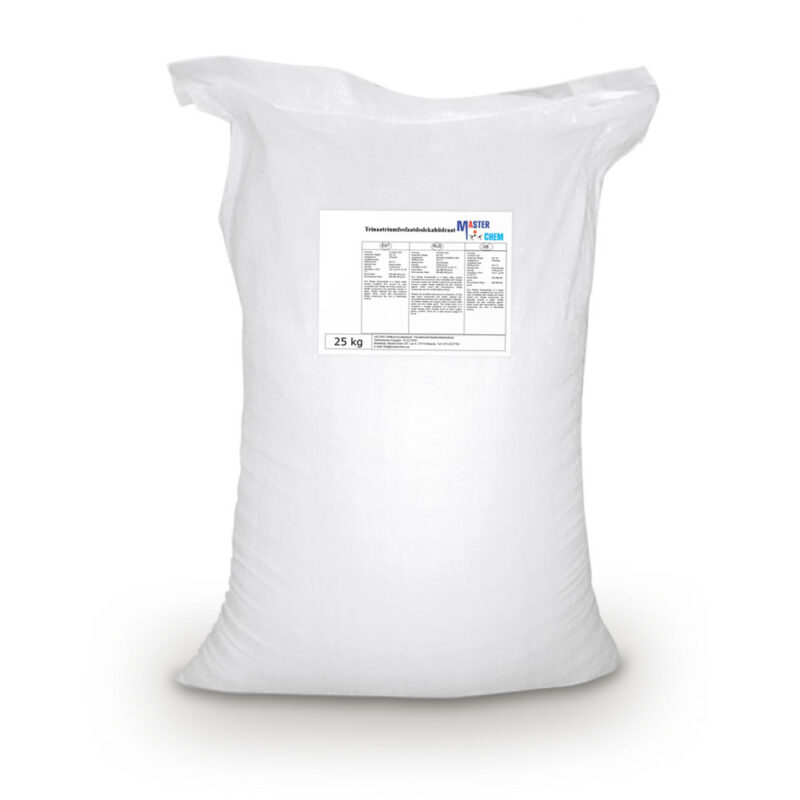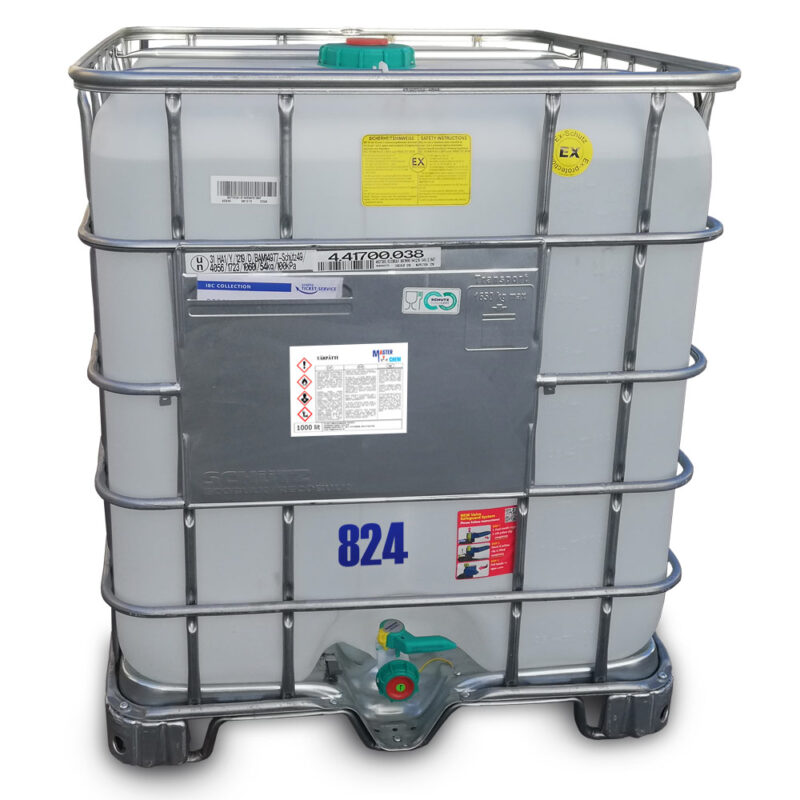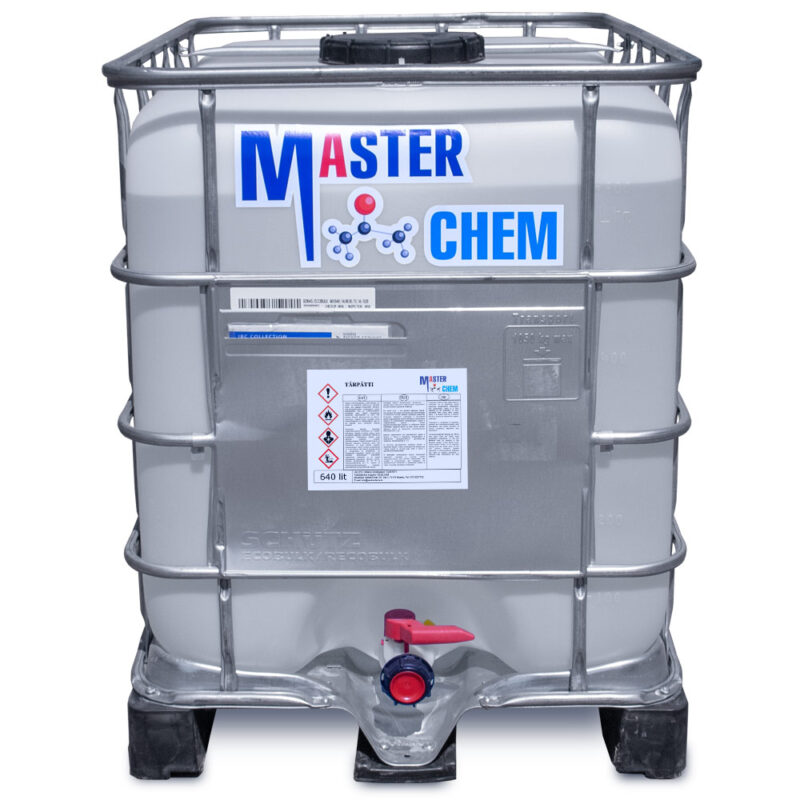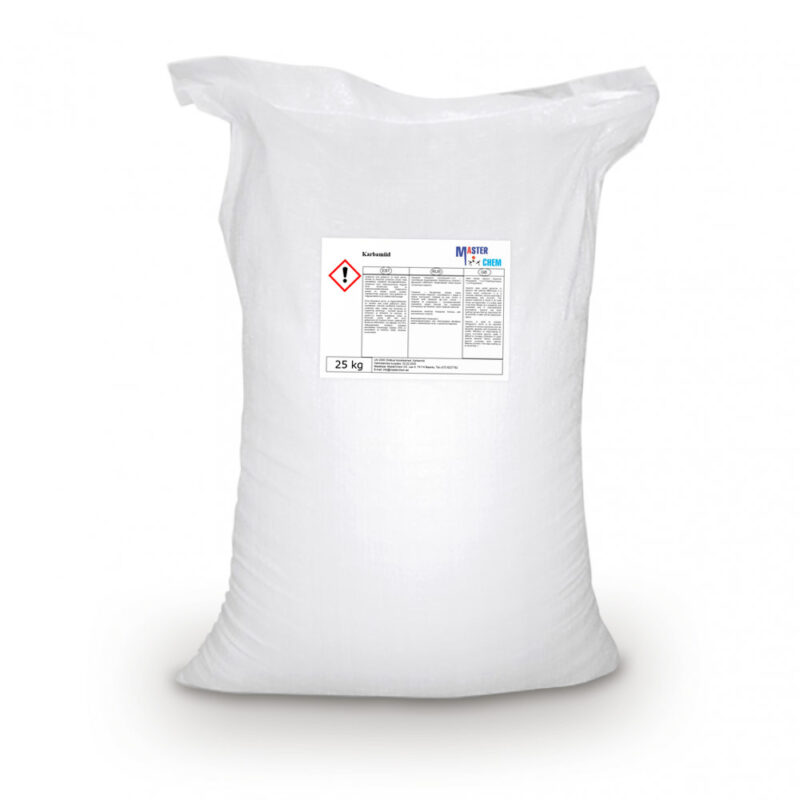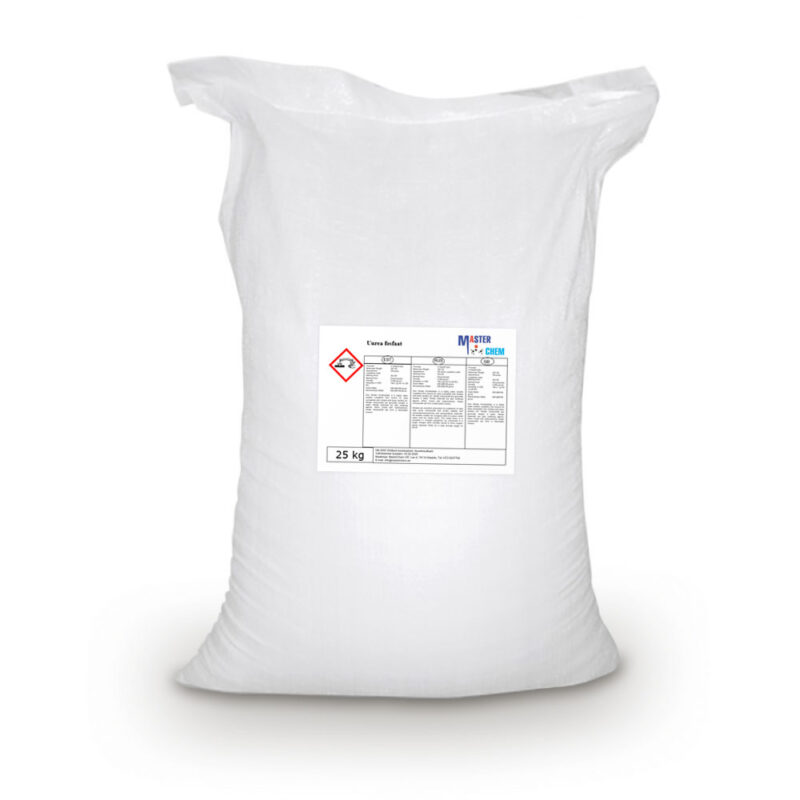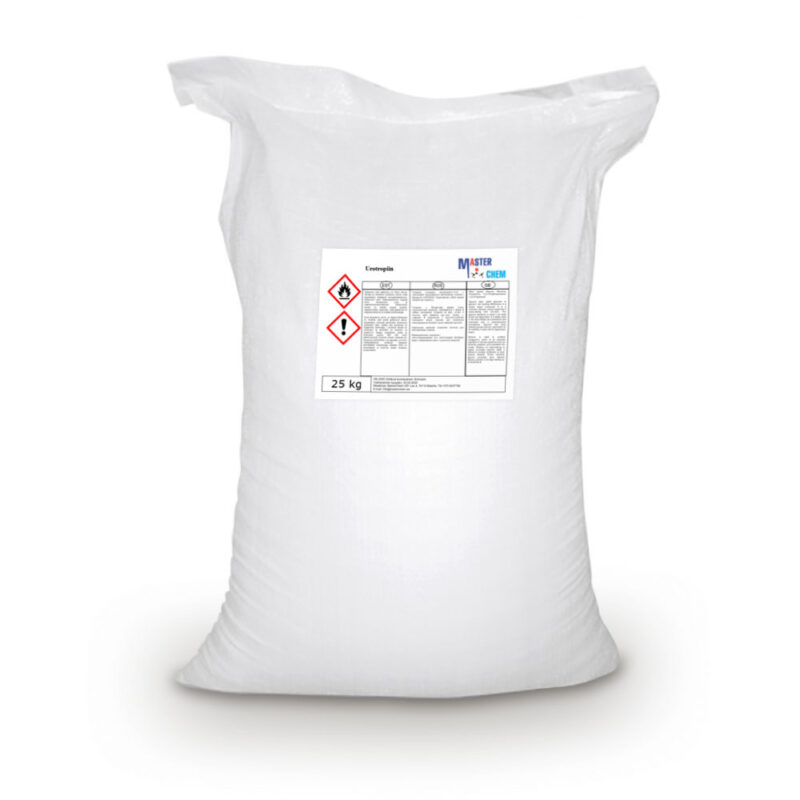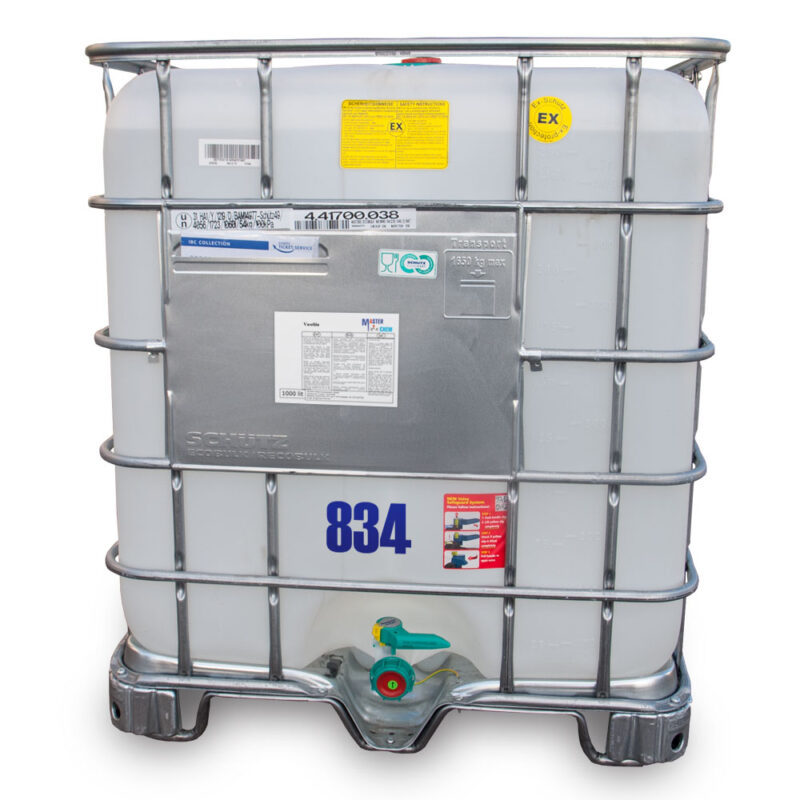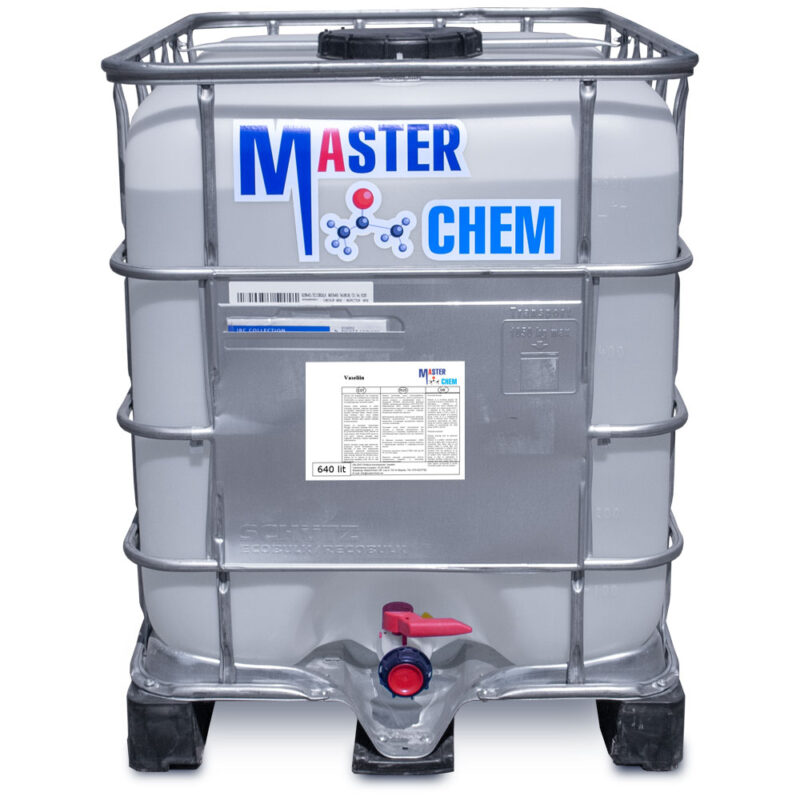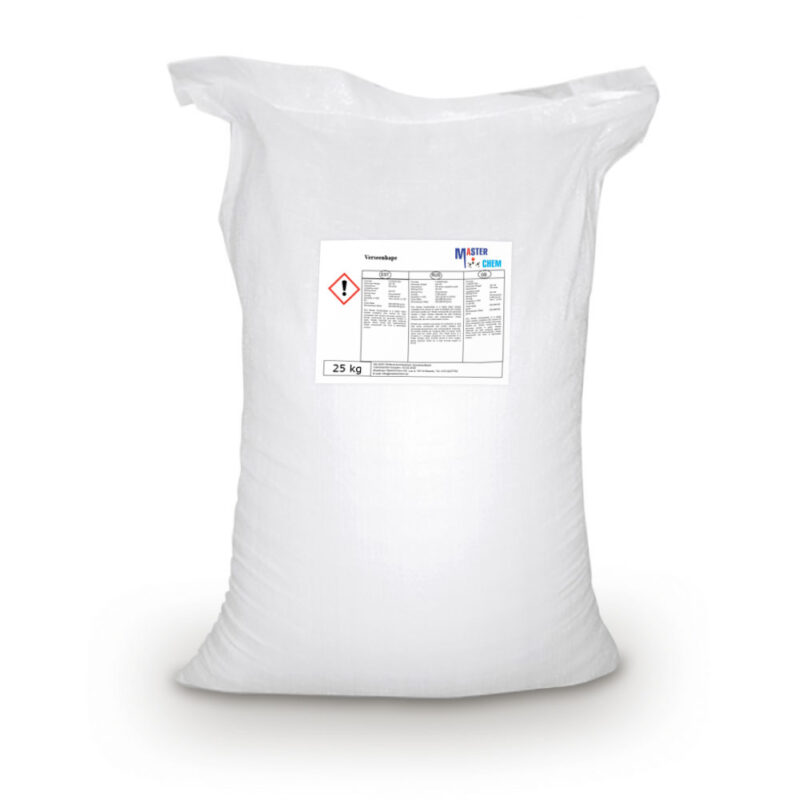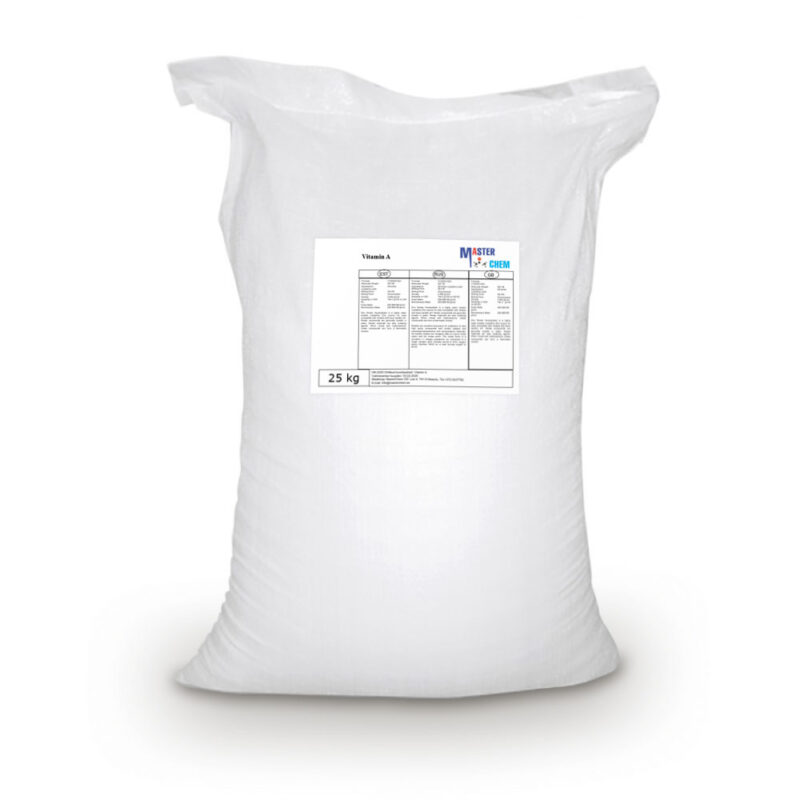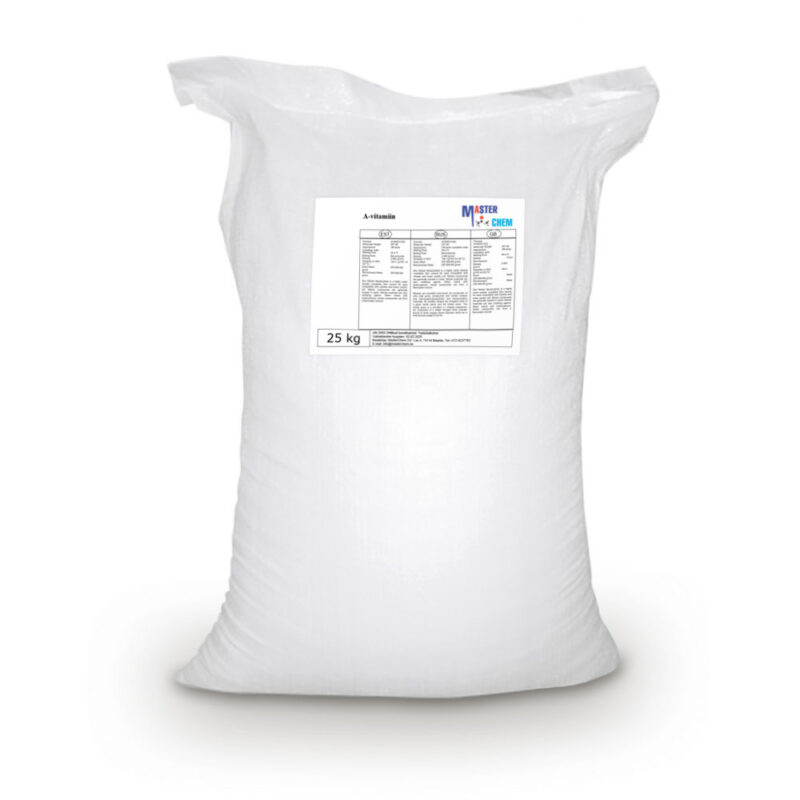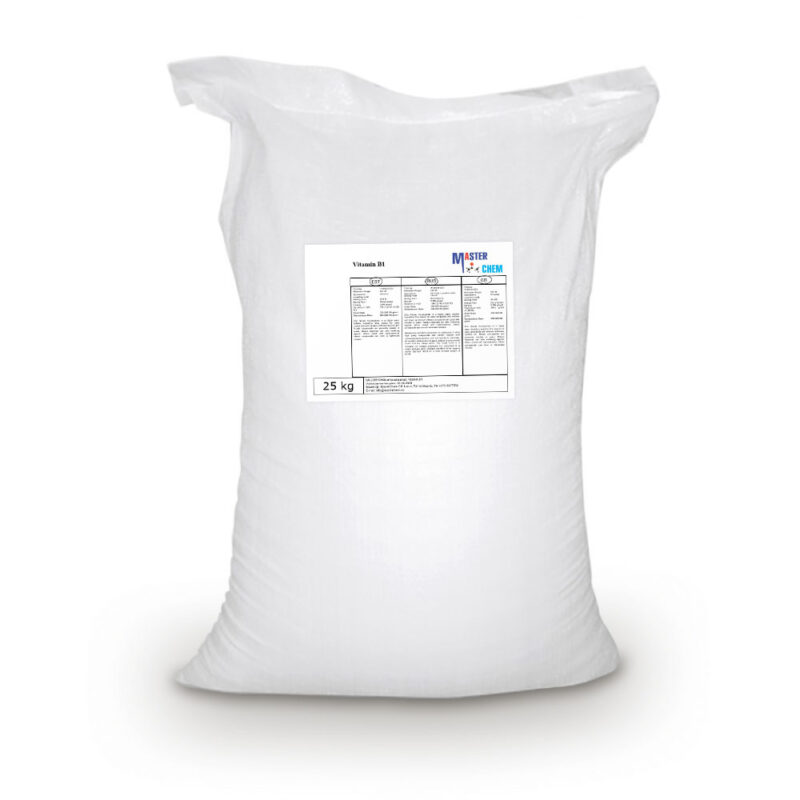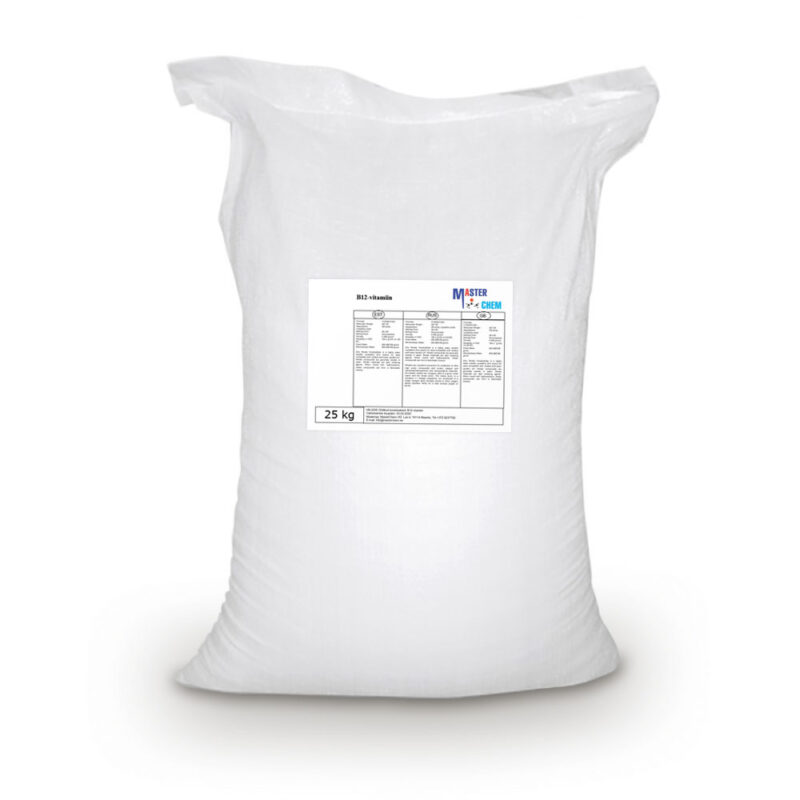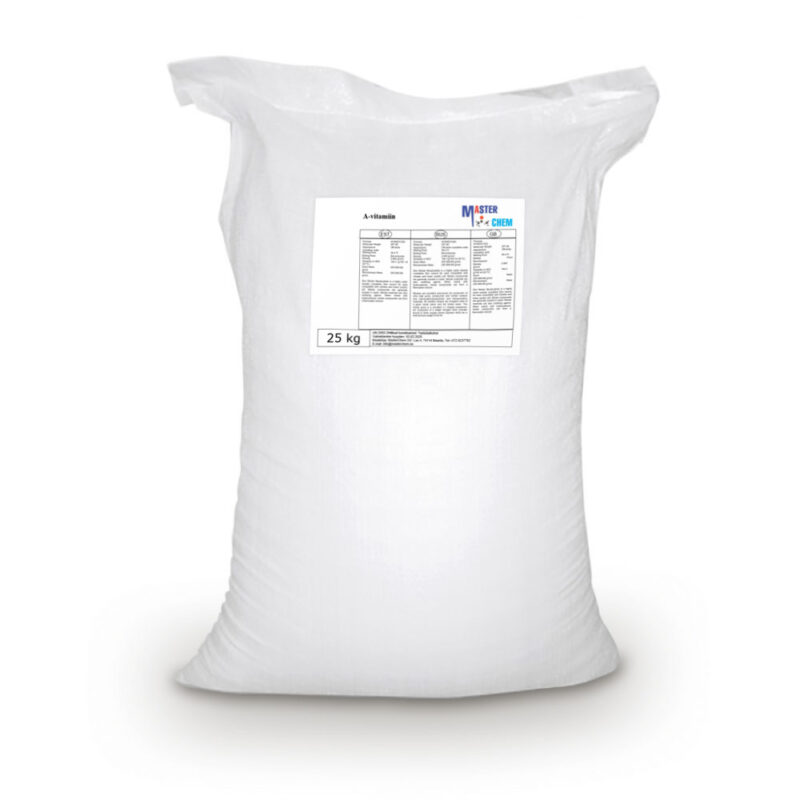Tocopheryl acetate (CAS 58-95-7)
Tocopheryl acetate (CAS 58-95-7)
Tocopheryl acetate, also known as vitamin E acetate, is a synthetic form of vitamin E. It is the ester of acetic acid and α-tocopherol. The U.S. Centers for Disease Control and Prevention says that vitamin E acetate is a very strong culprit of concern in the 2019 outbreak of vaping-associated pulmonary injury (VAPI), but there is not yet sufficient evidence to rule out contributions from other chemicals.
Tocopheryl acetate is often used in dermatological products such as skin creams. It is not oxidized and can penetrate through the skin to the living cells, where about 5% is converted to free tocopherol. Claims are made for beneficial antioxidant effects. α-Tocopheryl acetate is used as an alternative to tocopherol itself because the phenolic hydroxyl group is blocked, providing a less acidic product with a longer shelf life. It is believed that the acetate is slowly hydrolyzed after it is absorbed into the skin, regenerating tocopherol and providing protection against the sun’s ultraviolet rays. Tocopheryl acetate was first synthesized in 1963 by workers at Hoffmann-La Roche.
Toluene (CAS 108-88-3)
Other names: Phenyl methane, Toluol, Anisen, Methyl benzene
Toluene, also known as toluol, is an aromatic hydrocarbon. It is a colorless, water-insoluble liquid with the smell associated with paint thinners. It is a mono-substituted benzene derivative, consisting of a CH3 group attached to a phenyl group. As such, its IUPAC systematic name is methylbenzene. Toluene is predominantly used as an industrial feedstock and a solvent.
CAS: 108-88-3
Tolyltriazole (CAS 29385-43-1)
Tolyltriazole (CAS 29385-43-1)
Tan to light brown granules or beige pellets with a characteristic odor. A potential labelled nitrification inhibitor of urea fertilizer in agricultural soils.
Triacetin (CAS 102-76-1)
Triacetin (CAS 102-76-1)
Triacetin, is the organic compound with the formula C3H5(OCOCH3)3. It is classified as a triglyceride, i.e., the triester of glycerol. It is a colorless, viscous, and odorless liquid with a high boiling point and a low melting point. It has a mild, sweet taste in concentrations lower than 500 ppm, but may appear bitter at higher concentrations. It is one of the glycerine acetate compounds.
Triacetin is a common food additive, for instance as a solvent in flavourings, and for its humectant function, with E number E1518 and Australian approval code A1518. It is used as an excipient in pharmaceutical products, where it is used as a humectant, a plasticizer, and as a solvent.
Trichloroethylene (CAS 79-01-6)
Other names: 1,1,2-Trichloroethene, 1,1-Dichloro-2-Chloroethylene, 1-Chloro-2,2-Dichloroethylene, Acetylene Trichloride, TCE, Trethylene, Triclene, Tri, Trimar, Trilene, HCC-1120
The chemical compound trichloroethylene is a halocarbon commonly used as an industrial solvent. It is a clear non-flammable liquid with a sweet smell. It should not be confused with the similar 1,1,1-trichloroethane, which is commonly known as chlorothene.
The IUPAC name is trichloroethene. Industrial abbreviations include TCE, trichlor, Trike, Tricky and tri. It has been sold under a variety of trade names. Under the trade names Trimar and Trilene, trichloroethylene was used as a volatile anesthetic and as an inhaled obstetrical analgesic in millions of patients.
CAS: 79-01-6
Triclosan (CAS 3380-34-5)
Triclosan (CAS 3380-34-5)
Triclosan (sometimes abbreviated as TCS) is an antibacterial and antifungal agent present in some consumer products, including toothpaste, soaps, detergents, toys, and surgical cleaning treatments. It is similar in its uses and mechanism of action to triclocarban. Its efficacy as an antimicrobial agent, the risk of antimicrobial resistance, and its possible role in disrupted hormonal development remains controversial. Additional research seeks to understand its potential effects on organisms and environmental health.
Triethanolamine (CAS 102-71-6)
Other names: 2,2′,2”-Nitrilotriethanol, Tris(2-hydroxyethyl)amine, Triethylolamine, 2,2′,2″-Trihydroxytriethylamine, Trolamine, TEA, TEOA
Triethanolamine aka Trolamine (abbr. as TEOA to distinguish it from TEA which is for triethylamine) is a viscous organic compound that is both a tertiary amine and a triol. A triol is a molecule with three alcohol groups. Triethanolamine is a strong base. Approximately 150,000 tonnes were produced in 1999. It is a colourless compound although samples may appear yellow because of impurities.
CAS: 102-71-6
Triethyl phosphate (CAS 78-40-0)
Triethyl phosphate (CAS 78-40-0)
Triethyl phosphate is a chemical compound with the formula (C2H5)3PO4 or OP(OEt)3. It is a colorless liquid. It is the triester of ethanol and phosphoric acid and can be called “phosphoric acid, triethyl ester”.
Its primary uses are as an industrial catalyst (in acetic anhydride synthesis), a polymer resin modifier, and a plasticizer (e.g. for unsaturated polyesters). In smaller scale it is used as a solvent for e.g. cellulose acetate, flame retardant, an intermediate for pesticides and other chemicals, stabilizer for peroxides, a strength agent for rubber and plastic including vinyl polymers and unsaturated polyesters, etc.
Triethylene glycol (CAS 112-27-6)
Triethylene glycol (CAS 112-27-6)
Triethylene glycol, TEG, or triglycol is a colorless odorless viscous liquid with molecular formula HOCH2CH2OCH2CH2OCH2CH2OH. It is used as a plasticizer for vinyl polymers. It is also used in air sanitizer products, such as “Oust” or “Clean and Pure”. When aerosolized it acts as a disinfectant. Glycols are also used as liquid desiccants for natural gas and in air conditioning systems. It is an additive for hydraulic fluids and brake fluids and is used as a base for “smoke machine” fluid in the entertainment industry.
Triethylene glycol is a member of a homologous series of dihydroxy alcohols. It is a colorless, odorless and stable liquid with high viscosity and a high boiling point. Apart from its use as a raw material in the manufacture and synthesis of other products, TEG is known for its hygroscopic quality and its ability to dehumidify fluids. This liquid is miscible with water, and at standard atmospheric pressure (101.325 kPa) has a boiling point of 286.5 °C and a freezing point of -7 °C. It is also soluble in ethanol, acetone, acetic acid, glycerine, pyridine, aldehydes; slightly soluble in diethyl ether; and insoluble in oil, fat and most hydrocarbons.
Triethylenetetramine (CAS 90640-67-8)
Information Industries: Adhesives, oils, greases, Resins, plastics, polyurethanes CAS number: 90640-67-8 WE number: 292-588-2 Index number: 612-059-00-5 Chemical formula: C6H18N4 …
Trisodium edetate (CAS 139-89-9)
Trisodium edetate (CAS 139-89-9)
Ethylenediamine tetraacetic acid, trisodium salt is an odorless white crystalline powder. pH (1% aqueous solution) 9.3. pH (10% aqueous solution) about 8.3-8.7. (NTP, 1992)
Trisodium Phosphate Dodecahydrate (CAS 10101-89-0)
Trisodium Phosphate Dodecahydrate (CAS 10101-89-0)
Sodium phosphate tribasic dodecahydrate is also known as trisodium phospate or TSP. It is a highly soluble in water and widely used as a cleaning agent. The pH of a 1% solution is typically around 12, making this reagent sufficiently alkaline for saponification of grease and oils. In combination with surfactants, TSP is an excellent agent for cleaning everything from laundry to concrete driveways. This versatility and low manufacturing price made TSP the basis for a plethora of cleaning products sold in the mid-20th century. Trisodium phosphate is used in the isolation of mycobacteria, including culturing of tubercle bacilli. Has been used as a protein precipitant in certain applications and in co-precipitation and fractionization of nucleotides. May be used for the preservation of biologically active soil samples. Because of the alkaline pH, TSP disrupts cytoplasmic and outer membranes of Salmonella enterica cells making it useful in preventing the spread of bacteria.It is used in photographic developing, clarifying sugar, removing boiler scale, softening water and manufacturing of paper. They are added to many foods as an emulsifier to prevent oil separation. It can be utilized as a leavening agent. Some instances of these foods include the batter coating on breaded fish or chicken, and commercially baked cakes. Adding this item to food increases the shelf life of the food, maintaining the texture and visual aspect of the food.
Turpentine (CAS 9005-90-7)
Turpentine (which is also called spirit of turpentine, oil of turpentine, wood turpentine, terebenthene, terebinthine and (colloquially), turps) is a fluid obtained by the distillation of resin harvested from living trees, mainly pines. It is mainly used as a solvent, and as a source of material for organic syntheses.
Turpentine is composed of terpenes, primarily the monoterpenes alpha- and beta-pinene, with lesser amounts of carene, camphene, dipentene, and terpinolene.
CAS: 9005-90-7
Urea (CAS 57-13-6)
Urea (CAS 57-13-6)
Urea, also known as carbamide, is an organic compound with chemical formula CO(NH2)2. This amide has two –NH2 groups joined by a carbonyl (C=O) functional group.
Urea serves an important role in the metabolism of nitrogen-containing compounds by animals and is the main nitrogen-containing substance in the urine of mammals. It is a colorless, odorless solid, highly soluble in water, and practically non-toxic (LD50 is 15 g/kg for rats).[6] Dissolved in water, it is neither acidic nor alkaline. The body uses it in many processes, most notably nitrogen excretion. The liver forms it by combining two ammonia molecules (NH3) with a carbon dioxide (CO2) molecule in the urea cycle. Urea is widely used in fertilizers as a source of nitrogen (N) and is an important raw material for the chemical industry.
Friedrich Wöhler discovered that urea can be produced from inorganic starting materials, which was an important conceptual milestone in chemistry in 1828. It showed for the first time that a substance previously known only as a byproduct of life could be synthesized in the laboratory without biological starting materials, thereby contradicting the widely held doctrine of vitalism, which stated that only living things could produce the chemicals of life.
Urea Phosphate (CAS 4861-19-2)
Urea Phosphate (CAS 4861-19-2)
Urea phosphate is a fertilizer having NPK formula 17-44-0. It is soluble in water, and produces a strongly acidic solution. Urea phosphate is sometimes added to blends which contain calcium nitrate, magnesium nitrate and potassium nitrate to produce water-soluble formulas such as 15-5-15 and 13-2-20. The acidity of urea phosphate allows Ca, Mg and P to co-exist in solution. Under less acidic conditions, there would be precipitation of Ca-Mg phosphates. Urea phosphate is often used in drip irrigation to clean pipe systems.
Chemically, the urea phosphate compound is made of an equimolar mix of urea and phosphoric acid crystallizing together, and freely disassociating when dissolving in water. It is available in fertilizer vendor bags that carry a UP signet on the packaging.
Urotropine (stabilized, unstablished) (CAS 100-97-0)
Urotropine (stabilized, unstablished) (CAS 100-97-0)
Hexamethylenetetramine, also known as methenamine, hexamine, or urotropin, is a heterocyclic organic compound with the formula (CH2)6N4. This white crystalline compound is highly soluble in water and polar organic solvents. It has a cage-like structure similar to adamantane. It is useful in the synthesis of other organic compounds, including plastics, pharmaceuticals, and rubber additives. It sublimes in vacuum at 280 °C.
Vaseline (white, yellow) (CAS 8009-03-8)
Vaseline (white, yellow) (CAS 8009-03-8)
Vaseline (Latin Vaselinum, Paraffinum unguinosum, Petrolatum) is an odorless and tasteless buttery white liquid. With incomplete cleaning, the color changes from black to yellow, with complete cleaning – to translucent. Consists of a mixture of mineral oil and hard paraffins. Melting point 27-60 ° C, viscosity 28-36 mm² / s at 50 ° C. Let’s dissolve in ether and chloroform, insoluble in water and alcohol, miscible with any oils except castor oil. Obtained from vacuum distillate oil fractions by thickening with petrolatum, paraffin and ceresin. Does not saponify with alkali solutions, does not oxidize, does not turn rancid in air.
Versenic Acid (CAS 60-00-4)
Versenic Acid (CAS 60-00-4)
Versenic Acid is a specialized raw material for the cosmetics industry. It is used, among others in shampoos, creams, lip glosses, tanning products and shower gels. Serves as a consistency stabilizer improving viscosity and giving the right consistency. It is also a preservative aimed at preventing changes in the consistency, appearance and smell of cosmetics. In high concentration, it is irritating to the mucosa and skin.
Vitamin A (CAS 79-81-2)
Vitamin A (CAS 79-81-2)
Vitamin A is a fat-soluble vitamin and an essential nutrient for humans. It is a group of organic compounds that includes retinol, retinal, (also known as retinaldehyde), retinoic acid, and several provitamin A carotenoids (most notably beta-carotene (β-carotene). Vitamin A has multiple functions: it is essential for embryo development and growth, for maintenance of the immune system, and for vision, where it combines with the protein opsin to form rhodopsin – the light-absorbing molecule necessary for both low-light (scotopic vision) and color vision.
Vitamin A (CAS 79-81-2)
Vitamin A (CAS 79-81-2)
Vitamin A is a fat-soluble vitamin and an essential nutrient for humans. It is a group of organic compounds that includes retinol, retinal, (also known as retinaldehyde), retinoic acid, and several provitamin A carotenoids (most notably beta-carotene (β-carotene). Vitamin A has multiple functions: it is essential for embryo development and growth, for maintenance of the immune system, and for vision, where it combines with the protein opsin to form rhodopsin – the light-absorbing molecule necessary for both low-light (scotopic vision) and color vision.
Vitamin B1 (CAS 532-43-4)
Vitamin B1 (CAS 532-43-4)
Thiamine nitrate is the thiamine salt formed from one mole of thiamine base and one mole of nitric acid. It occurs as an anhydrous crystalline solid of low hygroscopicity. Thiamin (vitamin B1) is a member of the vitamin B complex. Attributing to low hydroscopicity, thiamine nitrate works as a more stable form of thiamine in pharmaceutical preparations.Thiamine nitrate is preferred to be used for the preparation of multivitamins and as a food fortification in dry blends and dry products such as in wheat flour.
Vitamin B12 (CAS 68-19-9)
Vitamin B12 (CAS 68-19-9)
Vitamin B12, also known as cobalamin, is a water-soluble vitamin involved in metabolism. It is one of eight B vitamins. It is a cofactor in DNA synthesis, in both fatty acid and amino acid metabolism. It is important in the normal functioning of the nervous system via its role in the synthesis of myelin, and in the maturation of red blood cells in the bone marrow.
The most common cause of vitamin B12 deficiency in developed countries is impaired absorption due to a loss of gastric intrinsic factor (IF) which must be bound to a food-source of B12 in order for absorption to occur. A second major cause is age-related decline in stomach acid production (achlorhydria), because acid exposure frees protein-bound vitamin. For the same reason, people on long-term antacid therapy, using proton-pump inhibitors, H2 blockers or other antacids are at increased risk. Deficiency may be characterized by limb neuropathy or a blood disorder called pernicious anemia, a type of megaloblastic anemia. Folate levels in the individual may affect the course of pathological changes and symptomatology of vitamin B12 deficiency.
Vitamin E (CAS 58-95-7)
Vitamin E (CAS 58-95-7)
Vitamin E is a group of eight fat soluble compounds that include four tocopherols and four tocotrienols. Vitamin E deficiency, which is rare and usually due to an underlying problem with digesting dietary fat rather than from a diet low in vitamin E, can cause nerve problems. Vitamin E is a fat-soluble antioxidant which may help protect cell membranes from reactive oxygen species.
Windscreen washer summer MasterChem
Windscreen washer summer MasterChem
Ready to use windshield washer fluid for summer use. Contains special additives (nano) to remove insect debris and dirt from the windscreen. Does not damage rubber or plastic parts. Made by MasterChem.

